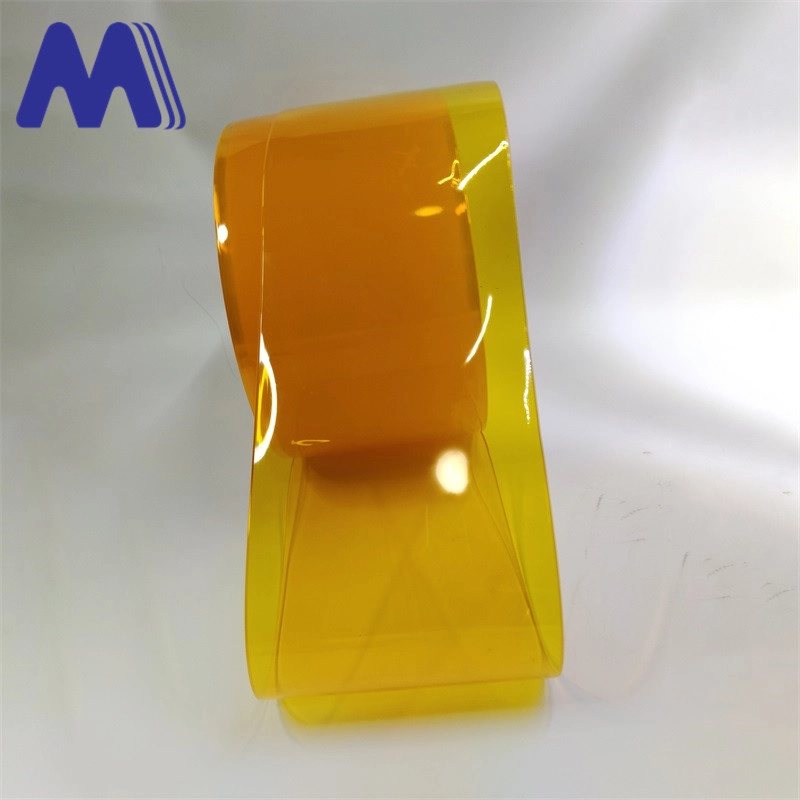- Afrikaans
- Albanian
- Amharic
- Arabic
- Armenian
- Azerbaijani
- Basque
- Belarusian
- Bengali
- Bosnian
- Bulgarian
- Catalan
- Cebuano
- Corsican
- Croatian
- Czech
- Danish
- Dutch
- English
- Esperanto
- Estonian
- Finnish
- French
- Frisian
- Galician
- Georgian
- German
- Greek
- Gujarati
- Haitian Creole
- hausa
- hawaiian
- Hebrew
- Hindi
- Miao
- Hungarian
- Icelandic
- igbo
- Indonesian
- irish
- Italian
- Japanese
- Javanese
- Kannada
- kazakh
- Khmer
- Rwandese
- Korean
- Kurdish
- Kyrgyz
- Lao
- Latin
- Latvian
- Lithuanian
- Luxembourgish
- Macedonian
- Malgashi
- Malay
- Malayalam
- Maltese
- Maori
- Marathi
- Mongolian
- Myanmar
- Nepali
- Norwegian
- Norwegian
- Occitan
- Pashto
- Persian
- Polish
- Portuguese
- Punjabi
- Romanian
- Russian
- Samoan
- Scottish Gaelic
- Serbian
- Sesotho
- Shona
- Sindhi
- Sinhala
- Slovak
- Slovenian
- Somali
- Spanish
- Sundanese
- Swahili
- Swedish
- Tagalog
- Tajik
- Tamil
- Tatar
- Telugu
- Thai
- Turkish
- Turkmen
- Ukrainian
- Urdu
- Uighur
- Uzbek
- Vietnamese
- Welsh
- Bantu
- Yiddish
- Yoruba
- Zulu
Flame Resistant Curtains for Enhanced Safety and Aesthetics in Your Space
The Importance of Flame Retardant Curtains in Modern Interior Design
In today's world, safety and aesthetics must go hand in hand, especially when it comes to interior design. One essential component in achieving this balance is the use of flame retardant curtains. These specialized curtains not only enhance the visual appeal of a space but also provide a crucial layer of safety against potential fire hazards.
Flame retardant curtains are made from fabrics that have been treated with chemical substances designed to resist ignition and slow down the spread of flames. This feature is particularly important in settings where fire risks are higher, such as in homes with open flames, commercial kitchens, and public venues. The significance of these curtains cannot be overstated, as they serve as a barrier, providing critical extra minutes for occupants to evacuate in the event of a fire.
The effectiveness of flame retardant curtains lies in their composition. Manufacturers typically use materials like polyester, cotton blends, or other synthetic fabrics treated with flame-retardant chemicals. These treatments ensure that the fabric has a reduced tendency to ignite and can withstand heat exposure without rapidly engulfing flames. Many of these curtains meet or exceed safety standards set by regulatory bodies, which is why they are widely endorsed for use in both residential and commercial properties.
In addition to fire safety, flame retardant curtains come in a myriad of styles, colors, and patterns, making them versatile choices for any decor. Whether one prefers a contemporary look with sleek lines or a more traditional vibe with rich textures, flame retardant curtains can enhance the overall aesthetic of a room while keeping safety concerns at bay. Their availability in various lengths and sizes ensures that they can fit any window type, providing both function and form.
flame retardant curtain

Beyond their protective qualities, these curtains also contribute to energy efficiency. Flame retardant fabrics are often designed to reflect heat and block UV rays, helping maintain a stable indoor temperature. This can lead to reduced energy consumption, as homes and businesses are less reliant on heating and cooling systems. Consequently, flame retardant curtains present a dual benefit safety and energy savings.
In commercial settings, the installation of flame retardant curtains is often mandated by fire safety regulations. Hotels, theaters, and offices frequently utilize these curtains not only to comply with laws but also to enhance their guests' safety. Installing flame retardant window treatments in public spaces signifies a commitment to safety and well-being, reinforcing the idea that every precaution is taken to protect clients and staff alike.
Moreover, public awareness regarding the importance of fire safety has been increasing, prompting consumers to prioritize flame retardant options when considering window treatments. In contrast to traditional curtains, which may pose a risk in case of fire, flame retardant fabrics provide peace of mind, knowing that they offer added protection.
In conclusion, flame retardant curtains are an indispensable element of modern interior design. They harmonize safety with style, ensuring that both residential and commercial spaces are visually appealing and secure. As the importance of fire safety continues to be recognized, the demand for flame retardant curtains is likely to increase. By incorporating these safety-conscious designs into their homes or businesses, individuals can enhance their spaces while taking vital steps towards fire prevention. In a world where safety should never be compromised for style, flame retardant curtains are the perfect solution.
-
Transparent PVC-Folie – Flexible & Durable Clear Plastic Sheets for Versatile UseNewsJul.05,2025
-
High-Quality Cold Room Door Curtains Durable PVC Strip Curtains for Cold StorageNewsJul.05,2025
-
Shop Yellow Ticking Stripe Curtains – Classic Style, Durable Fabric, Multiple Colors AvailableNewsJul.05,2025
-
Plastic Curtain for AC – Energy Saving & Easy Installation Perfect for Room and Freezer UseNewsJul.04,2025
-
Industrial Strip Curtains - Durable PVC & Plastic Solutions for Industrial DoorsNewsJun.24,2025
-
PVC Curtain Strip – Durable Standard PVC Strips for DoorsNewsJun.10,2025



